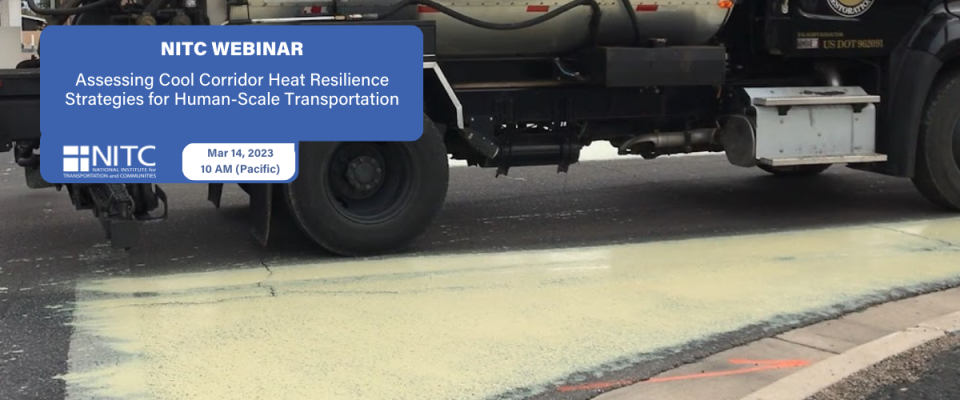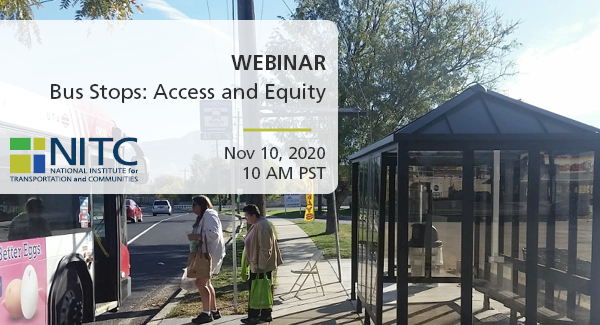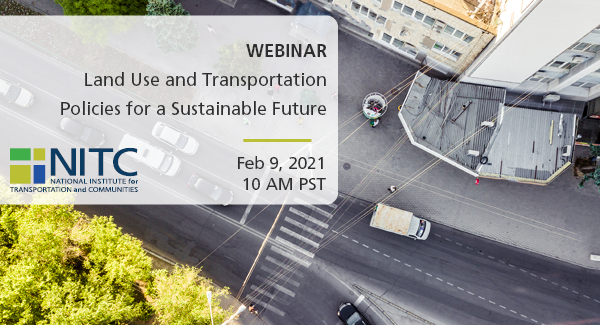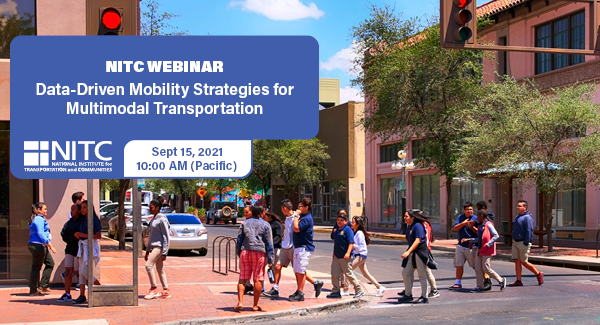PRESENTATION ARCHIVE
OVERVIEW
A summary of collaborative research project conducted in Tucson, AZ studying mobility related challenges refugees experience after their resettlement.
KEY LEARNING OUTCOMES
- While resettlement typically allows millions of forcibly displaced persons to escape from unpredictable and often dangerous conditions of displacement, most refugees experience an array of challenges after resettlement as they integrate into new
communities. - Many of these challenges are related to their ability to get to and from places that are important to their sense of autonomy and well-being, including sites of education, employment, worship and medical care.
- In this talk, Dr. Myadar will present some of the key findings of her collaborative research project on mobility-related challenges faced by refugees in Tucson, Arizona after their resettlement.
THE RESEARCH
This webinar is based on a study funded by the National Institute for...
Read more




